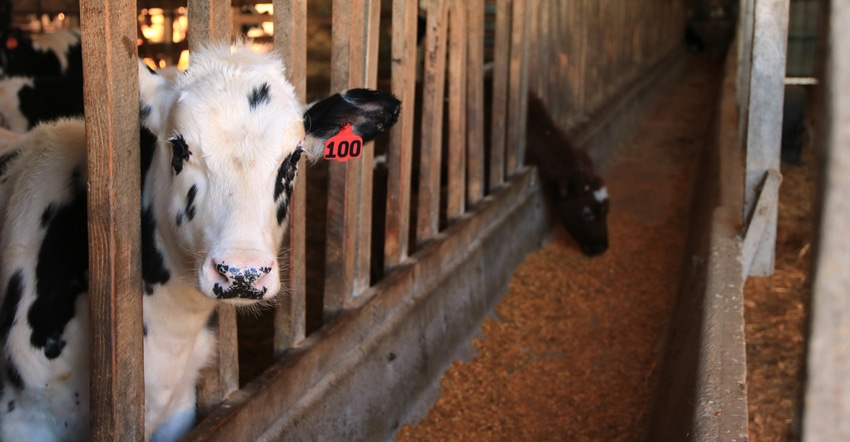
Before the challenging 2019 growing season was even over, hay prices picked up across Illinois. That means farmers are pivoting to alternatives for feed and bedding, such as the cover crops they harvested from prevented planting acreage.
While it’s normal for prices to go up in the winter, a lack of inventory carryover caused by two tough winters brought hay sellers to raise their prices as livestock producers began to shore up their forage shortages in the fall. Round-bale hay prices for central Illinois are ranging from $40 to $70.
“We’ve had two hard winters in a row, and both came after what I would call marginal hay production years, so we definitely entered this season with very little carryover hay supplies,” says Travis Meteer, University of Illinois Extension beef specialist. “That right off the bat made hay more expensive even earlier into the growing season.”
He says livestock producers are benefiting from the mild winter so far, as less hay is being used for bedding and heightened nutrition requirements that occur with subzero temperatures.
“Low hay supplies, poorer-quality hay and harsh winter conditions is the worst-case scenario,” Meteer says. “While the weather has been mild so far, most forage tests have revealed poorer nutrient composition in the 2019 hay crop. Thus, it is important to know what you are feeding and what supplementation is necessary.”
He says he gets calls from farmers who have opened silage bags and need to check for good fermentation in silage. One way to check for good fermentation is by ordering a nutrient analysis that includes a pH test through U of I Extension or a nutritionist. If the test shows pH is lower than 5.5, the silage likely fermented successfully.
Meteer has advised livestock producers who are concerned about molds and proper fermentation to test for listeria and clostridium. Nitrate levels can also be worth investigating in hay and silages.
“Small grains that were planted on prevent plant acres such as sorghum-sudan, oats and others can be nitrate accumulators. Since some farmers put on a higher level of N anticipating planting corn, this combination may lead to high nitrate levels in these small grains,” Meteer says.
The right mix
When using forage test results to help farmers draft feeding plans, Meteer says he’s found that wet coproduct feeds such as modified and wet distillers grains are generally the cheapest supplement available to offset the impacts of expensive and low-quality hay.
“It’s important for livestock producers to purchase economical supplements that fit their feed storage and feeding systems,” Meteer says. “While wet feeds are generally the lowest cost, if considerable waste occurs through storage and feeding, it may be best to purchase a dry feed.”
He says local cattle producers traditionally use a mix that uses three or four of the following: corn gluten, feed pellets, dry distillers, corn grain and soybean hulls. The dry feed blend can even be fed by bucket, whereas wet products require more sophisticated handling.
“The problem is, for smaller producers that may not have as many head of cattle, a wet feeding product may not fit their system, even if it’s a bargain,” Meteer concludes. “All in all, test your forage so that you know what you are feeding, and supplement the ration to provide the right amount of nutrition.”
About the Author(s)
You May Also Like




